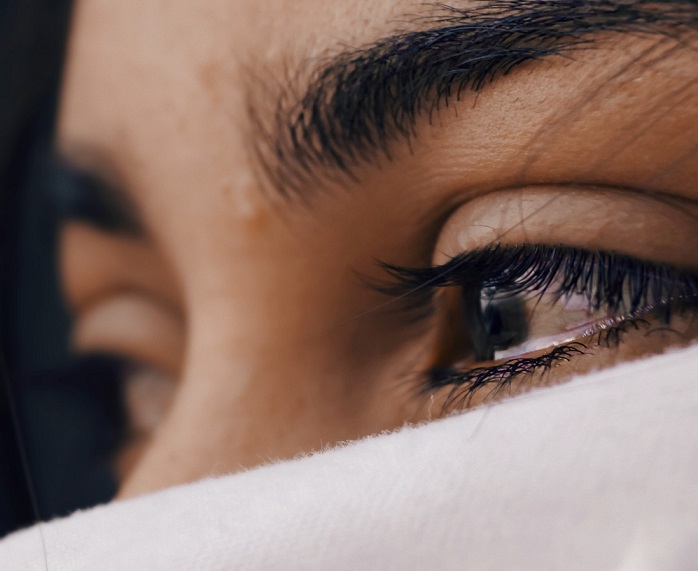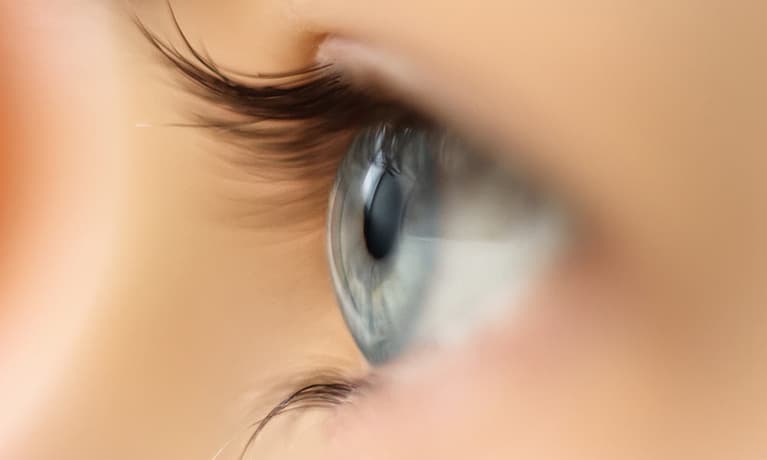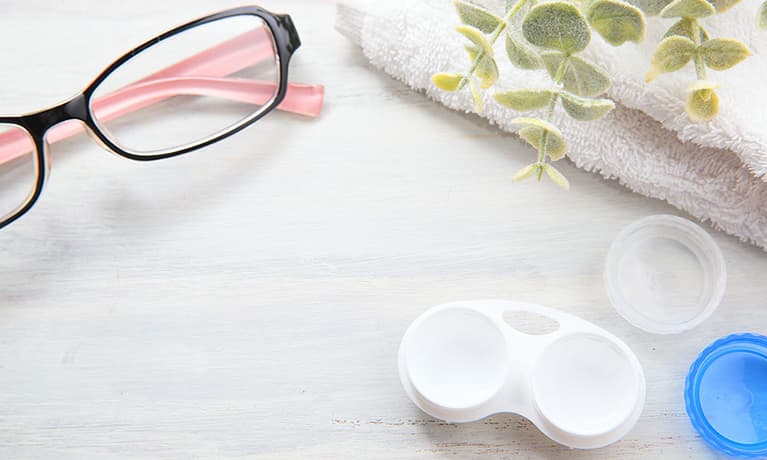As the colder, drier weather sets in, many of us will notice the drying effect on our eyes. Nearly 50% of American adults experience dry eye symptoms at least occasionally. Women are twice as likely as men to have this problem, with increasing age being the greatest risk factor. Dry eye complaints are one of the most common problems we encounter in eye care.

WHAT ARE THE SYMPTOMS OF DRY EYES?
Dryness can result in a wide range of symptoms, such as pain, redness, itching, gritty or sandy sensation, blurred vision, mucus, tearing/watering, light sensitivity, and a feeling like there is something in the eye. These symptoms can occur every day or might come and go. Many will notice symptoms more when reading, using a computer, or watching television. Some feel dryness most on waking. It is also common to experience tearing when outdoors or reading.
WHAT CAUSES DRY EYES?
 The tear film is made up of a mixture of water, oils, and mucus. As we age, it is common for the glands which secrete these important components to malfunction. Sometimes there is an underlying health problem or medication causing it, but in most cases, age-related changes are at fault.
The tear film is made up of a mixture of water, oils, and mucus. As we age, it is common for the glands which secrete these important components to malfunction. Sometimes there is an underlying health problem or medication causing it, but in most cases, age-related changes are at fault.
HOW ARE DRY EYES TREATED?
There are many treatments available, both to ease the symptoms and to stimulate better tear secretion. These include prescription and over-the-counter eye drops and ointments, warm compresses, diet modification (particularly the addition of omega-3 fatty acids), increasing water intake, and addressing any underlying eyelid inflammation if present. In some cases, punctal plugs which block tear drainage may be considered. Avoiding fans and wearing special moisture chamber goggles at night can also help.
HOW CAN I FIND OUT WHETHER I HAVE DRY EYES?
The best way to find out what is causing your symptoms is to have your eyes evaluated by an optometrist or ophthalmologist. Call today to schedule an examination at Milwaukee Eye Care.

Written by Michelle Pedersen, O.D.










